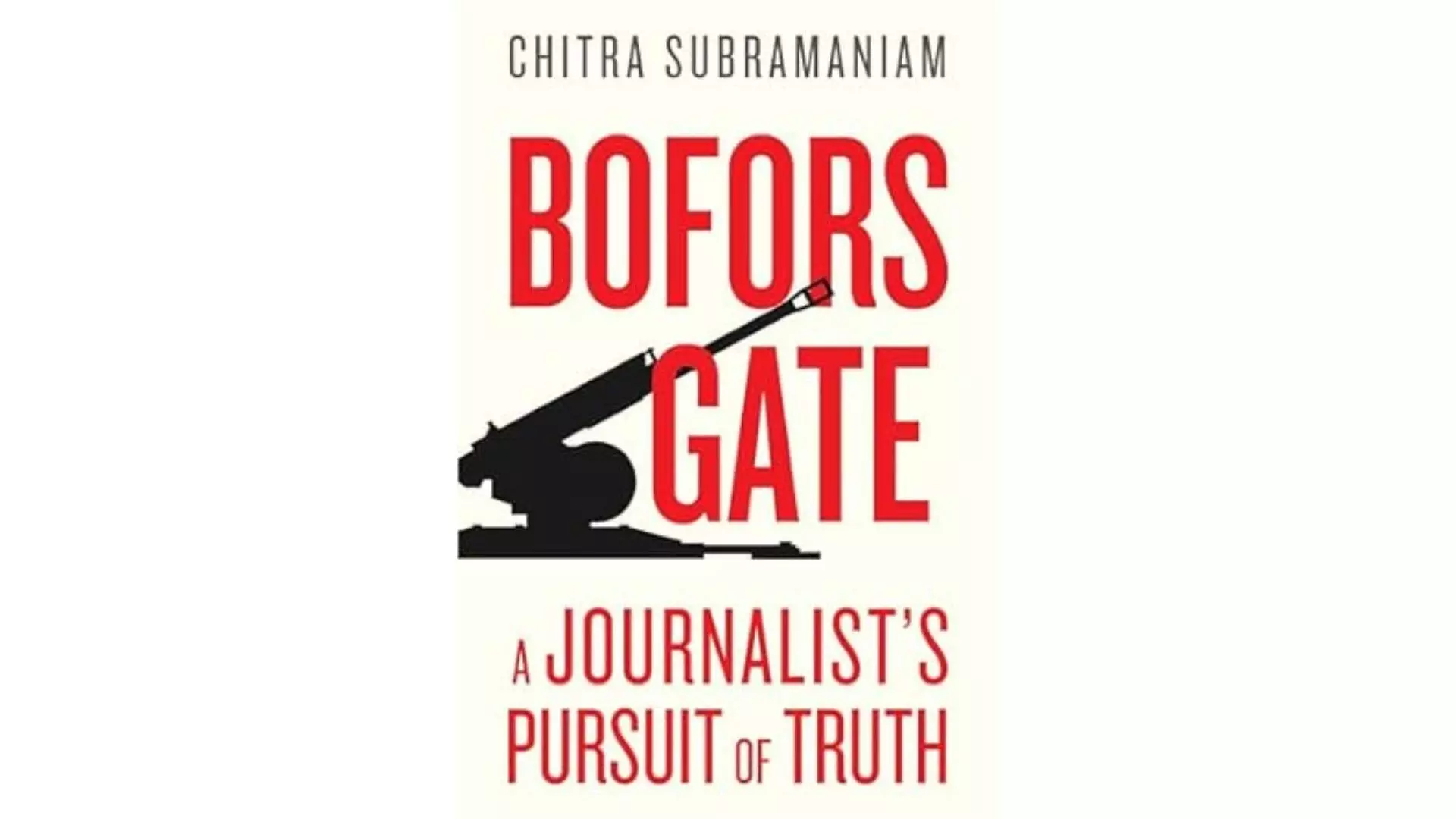Books | Decoding twists in Bofors story
The story becomes interesting because Subramaniam is focused on the payment of bribes and she feels outraged by the fact of corruption in Indian government, and disappointed with Rajiv Gandhi because he had promised to eliminate corruption in public life

Chitra Subramaniam tells her part in the Bofors investigation — it is a matter of curiosity as to how many in their 30s and 40s would recall the Bofors episode of Indian politics of 1987-88 — in an interesting fashion, with the right mix of the personal and the professional. And the fact that she was reporting from Geneva, and Stockholm, running into Prakash Ahuja where she is pouring wine for herself and offers him some, and he says, “Juice, juice, only juice, only juice. No drinks, no meat, no meat.” (p. 19) Her newsroom is the United Nations Press Centre in Geneva, where a tied bag was left at her desk, which she left unopened. And this was followed by threatening phone calls. She reaches Geneva in 1983 from Stanford University where she had gone from New Delhi to do her post-graduate diploma in communications, and meets the Swiss Carlo, and they get married in a simple Hindu ceremony in New Delhi. She becomes an investigative journalist by accident when she does the initial follow up stories on the Swedish Radio reports on Bofors, the arms manufacturer, clinching the sale of field howitzers to India by paying bribes to Indian politicians.
The story becomes interesting because Subramaniam is focused on the payment of bribes and she feels outraged by the fact of corruption in Indian government, and disappointed with Rajiv Gandhi because he had promised to eliminate corruption in public life. Even as she filed her reports on who got paid through which secret bank accounts, she is unhappy with the way the governments in New Delhi and Stockholm were not letting out the facts. And there are enough twists in the Bofors story in India, with her editor at The Hindu, N. Ram, connecting with the Hindujas before publishing her story, and he sharing details of the reports she had filed for the paper with Rajiv Gandhi.
She realises soon enough that in India the Bofors story is caught in a wider political game. She candidly admits the moment when she was dragged into it, and she admits that she made a mistake. This was her meeting V.P. Singh in mid-January 1990. Singh asks her to accompany the Indian investigation team to Stockholm; she refuses but Singh prevails. “Later, I tried to convince myself that it might have had something to do with my respect for V.P. Singh at that point. I hated to admit that my ego had come in the way of my judgment.” (p. 205) Subramaniam was treading a mild minefield of her own. She is honest enough to write all about it. She writes about her meeting with Bhure Lal, Singh’s man in the Prime MInister’s Office (PMO) following the Bofors case, on January 20, 1990. She writes, “…I had a long chat with Bhure Lal and asked him what specifically was expected of me. At that point, the only thing I was expected to do was to suggest a lawyer to defend the GoI’s case. It was during this conversation that I told Bhure Lal that I would write about everything I found out.” (p. 207) Her narration is well-paced and lends itself to be made into a Netflix thriller.
Boforsgate: A Journalist's Pursuit of Truth
Chitra Subramaniam
Juggernaut
pp. 291; Rs 899
